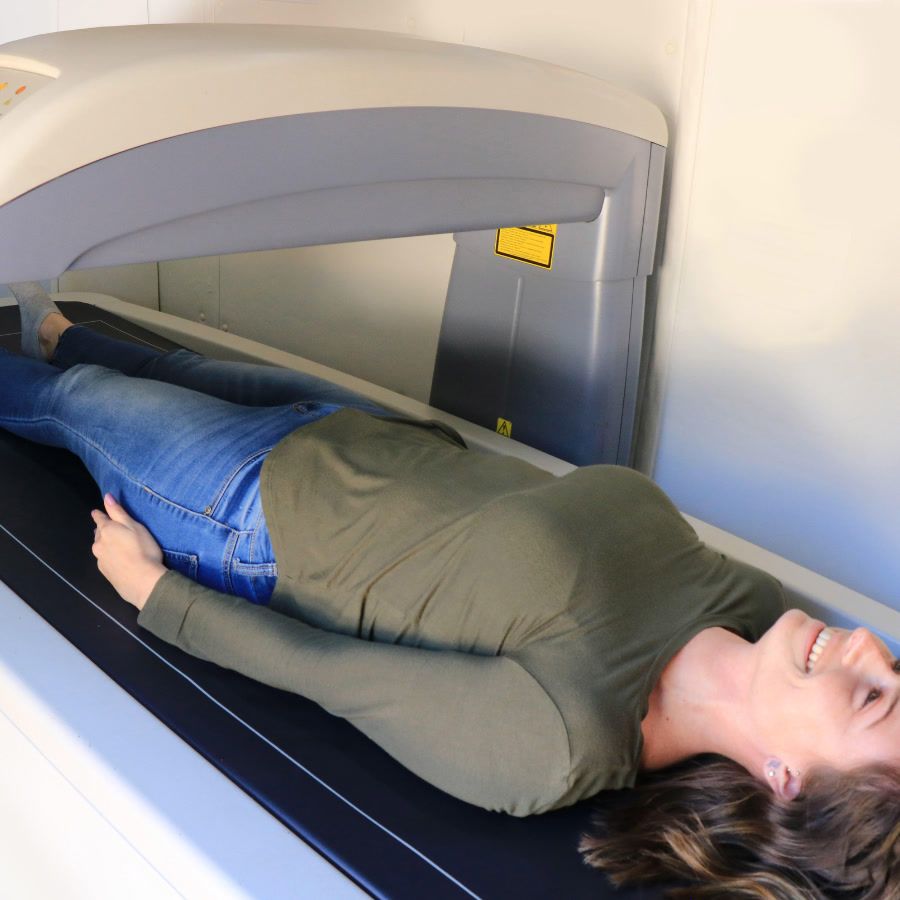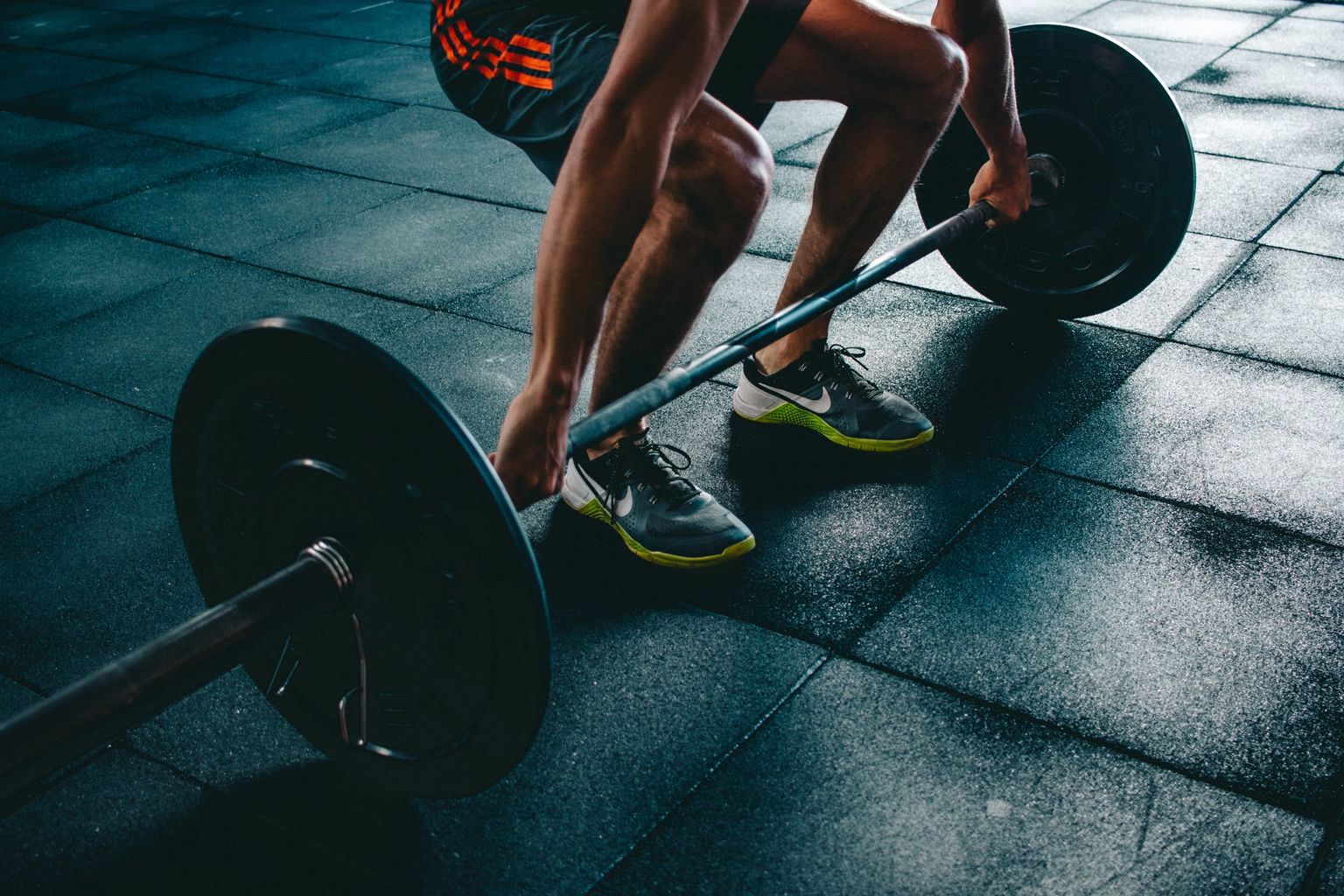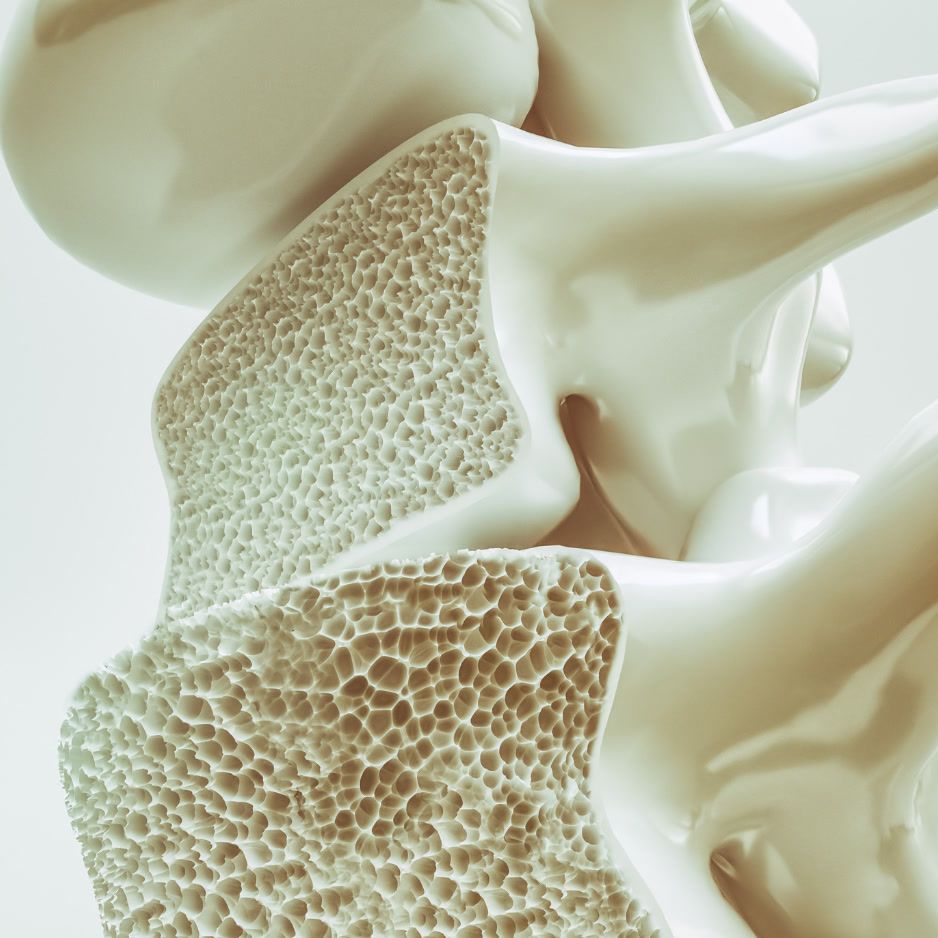25 High-Protein Snacks for Energy and Muscle

25 High-Protein Snacks for Energy, Muscle, and Satisfaction
Whether you’re racing between meetings, sneaking in a lunchtime workout, or juggling family schedules, the right snack can make or break your day. High-protein snacks steady blood sugar, curb cravings, and deliver the raw materials your muscles need to recover and grow—without a lengthy prep time or excess sugar.
But a quick caveat: research shows that grazing all day can inconspicuously increase calorie intake. An analysis of NHANES data found that U.S. adults who consumed ≥4 eating occasions per day took in roughly 450 extra calories from snacks, contributing to an overall intake that was 115–130 calories higher than adults who stuck to three main meals (Zhang et al., 2020).
Whenever possible, build balanced meals first, then use purposeful protein-focused snacks—like the ones below—to fill the gaps instead of mindless munching.
No-Prep, Shelf-Stable High-Protein Snacks (8–20 g protein)
These selections can stay in your desk drawer, gym bag, or carry-on—no refrigeration required.
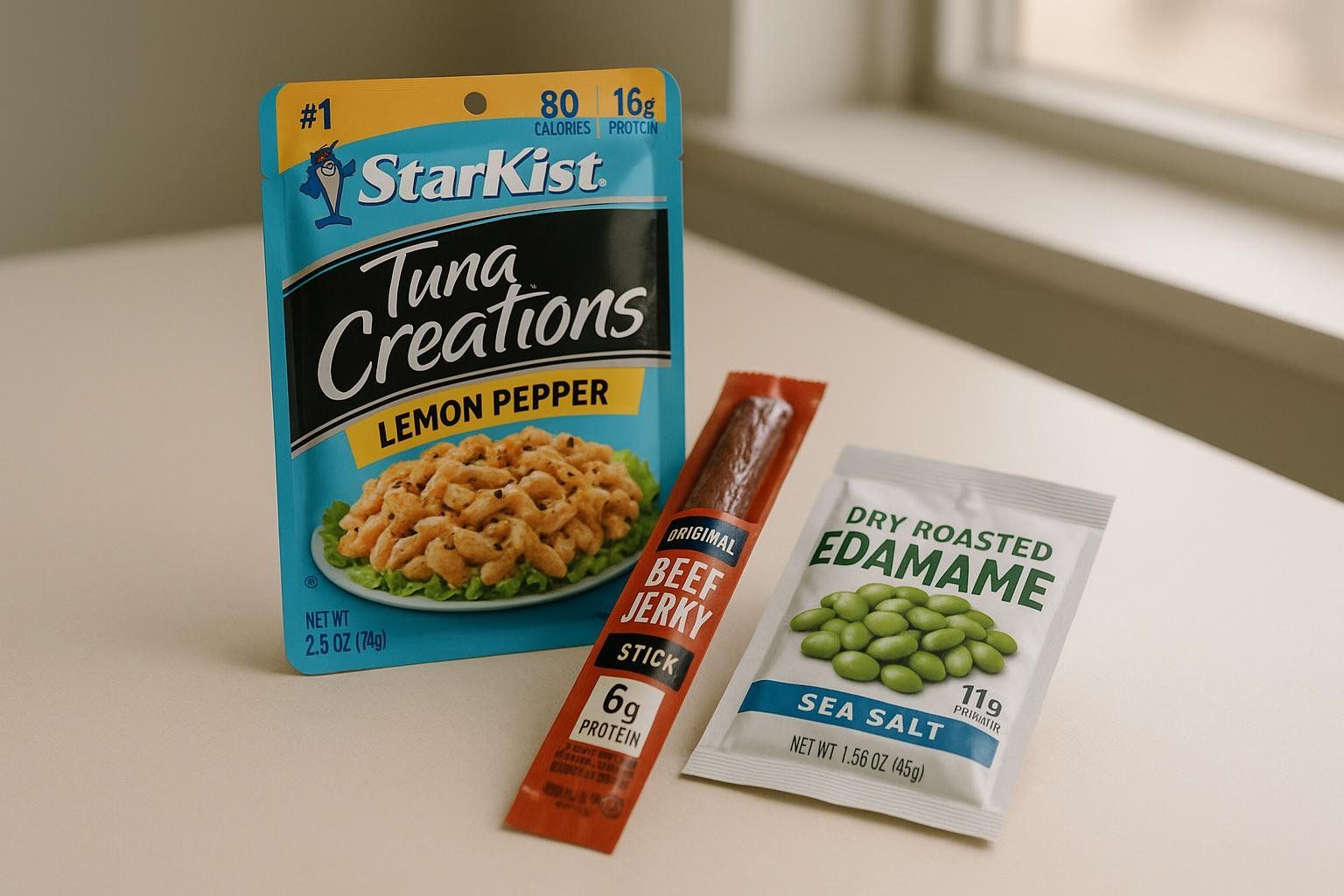
| # | Snack | Protein (g) | Prep Time | Storage | Dietary |
|---|---|---|---|---|---|
| 1 | Roasted chickpea packets (1 oz) | 8 | 0 min | Shelf | V, GF, DF |
| 2 | Grass-fed beef jerky stick (1 oz) | 10 | 0 min | Shelf | GF, DF |
| 3 | Tuna pouch in olive oil (2.6 oz) | 17 | 0 min | Shelf | GF, DF |
| 4 | Dry-roasted edamame (¼ cup) | 13 | 0 min | Shelf | V, GF, DF |
| 5 | Protein crisps (lentil or whey-based, 1 oz) | 10 | 0 min | Shelf | GF* |
| 6 | Peanut-butter squeeze pack + rice cake | 9 | 0 min | Shelf | V, GF |
| 7 | Parmesan cheese crisps (1 oz) | 13 | 0 min | Shelf | GF |
| 8 | Single-serve protein powder (≈30 g packet providing 20 g protein) + water | 20 | 2 min | Shelf | GF options |
*Verify individual brands for gluten-free certification.
Cost snapshot: To give you perspective on other popular convenience snacks, our May 2025 internal price audit (Amazon, Walmart, Target; May 5, 2025) found that a 2.6-oz tuna pouch (~$1.25) delivers 1 g of protein for ≈ $0.07. In the same audit, top-selling protein bars averaged $0.12–$0.20 per gram of protein—almost double or triple the cost per gram.
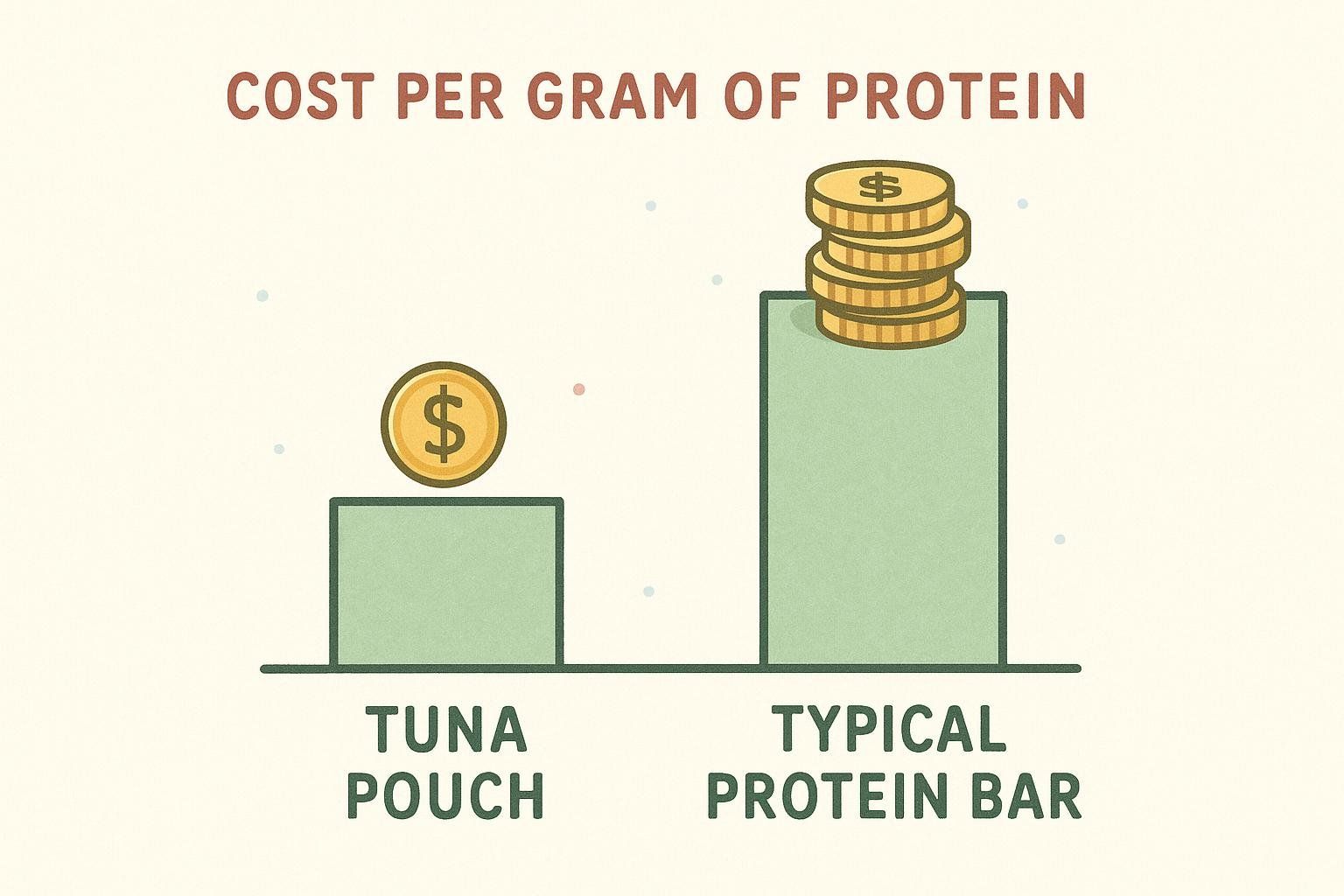
Meal-Prep High-Protein Snacks (≥15 g protein)
Invest 10–15 minutes on the weekend and stock the fridge for the week ahead.
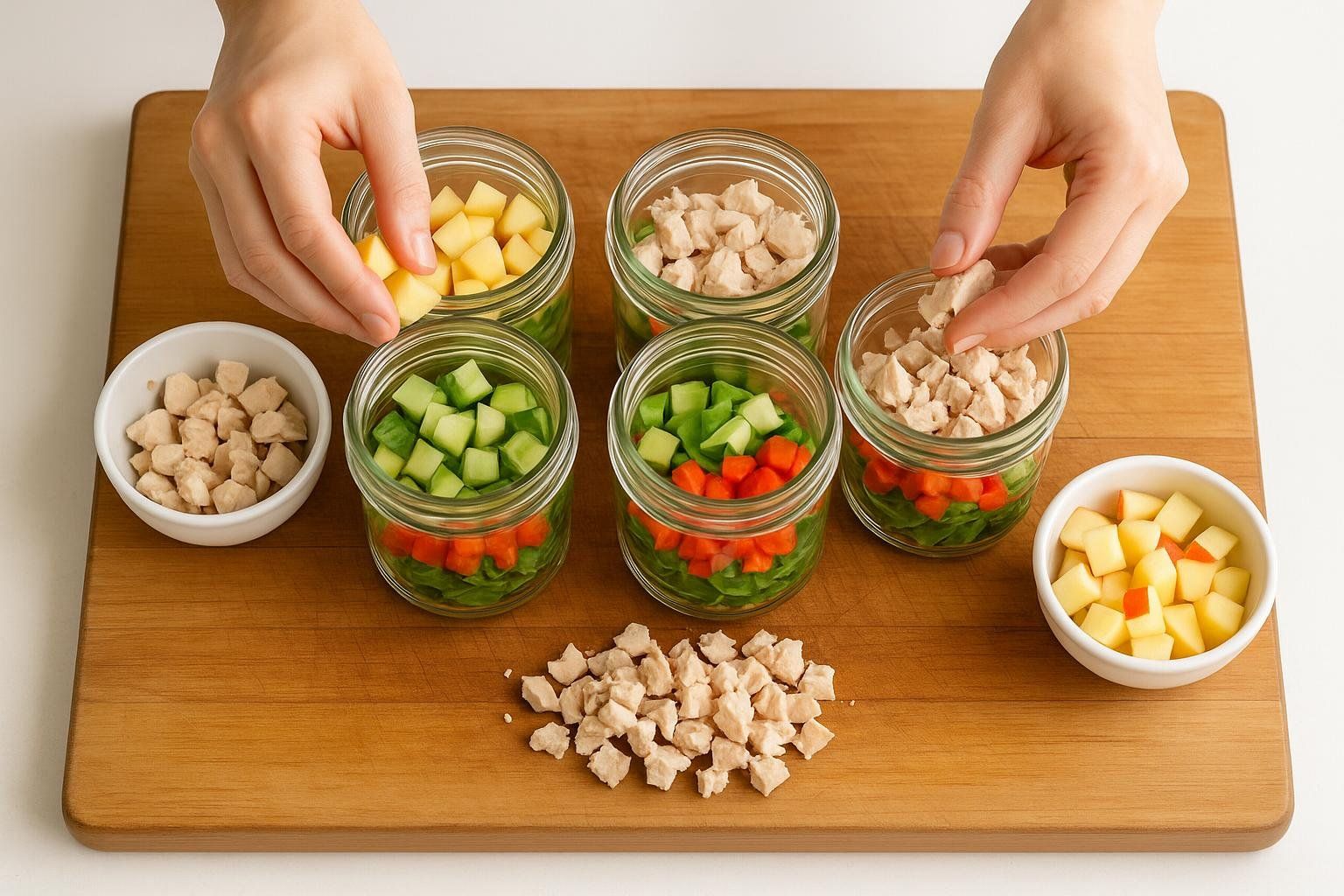
| # | Snack | Protein (g) | Prep Time | Storage | Dietary |
|---|---|---|---|---|---|
| 9 | Greek-yogurt parfait (1 c 2 % yogurt + ¼ c berries + 1 Tbsp hemp seeds) | 20 | 5 min | Fridge 3–4 days | V, GF |
| 10 | Turkey–cheese roll-ups (3 oz turkey + 1 oz cheese) | 24 | 5 min | Fridge 3 days | GF |
| 11 | Hard-boiled eggs (3) | 18 | 15 min | Fridge 7 days | V, GF, DF |
| 12 | Smoked-salmon cucumber bites (3 oz salmon) | 17 | 8 min | Fridge 2 days | GF, DF |
| 13 | Cottage-cheese avocado bowl (¾ c cottage cheese; add ½ avocado before serving) | 18 | 3 min | Fridge 3–4 days (add avocado just before serving) | GF |
| 14 | Mini frittata muffins (2) | 16 | 15 min bake | Fridge 5 days / Freeze | GF |
| 15 | Chicken–apple salad jars (3 oz roast chicken + walnuts + apple) | 22 | 10 min | Fridge 4 days | GF, DF |
| 16 | Chocolate PB energy balls (2) | 15 | 10 min mix | Fridge / Freeze | V, GF, DF |
| 17 | Edamame + string cheese duo | 17 | 2 min | Fridge 3 days | V, GF |
A 25-g dose of high-quality protein stimulates muscle-protein synthesis for roughly two to three hours (McNaughton et al., 2023).
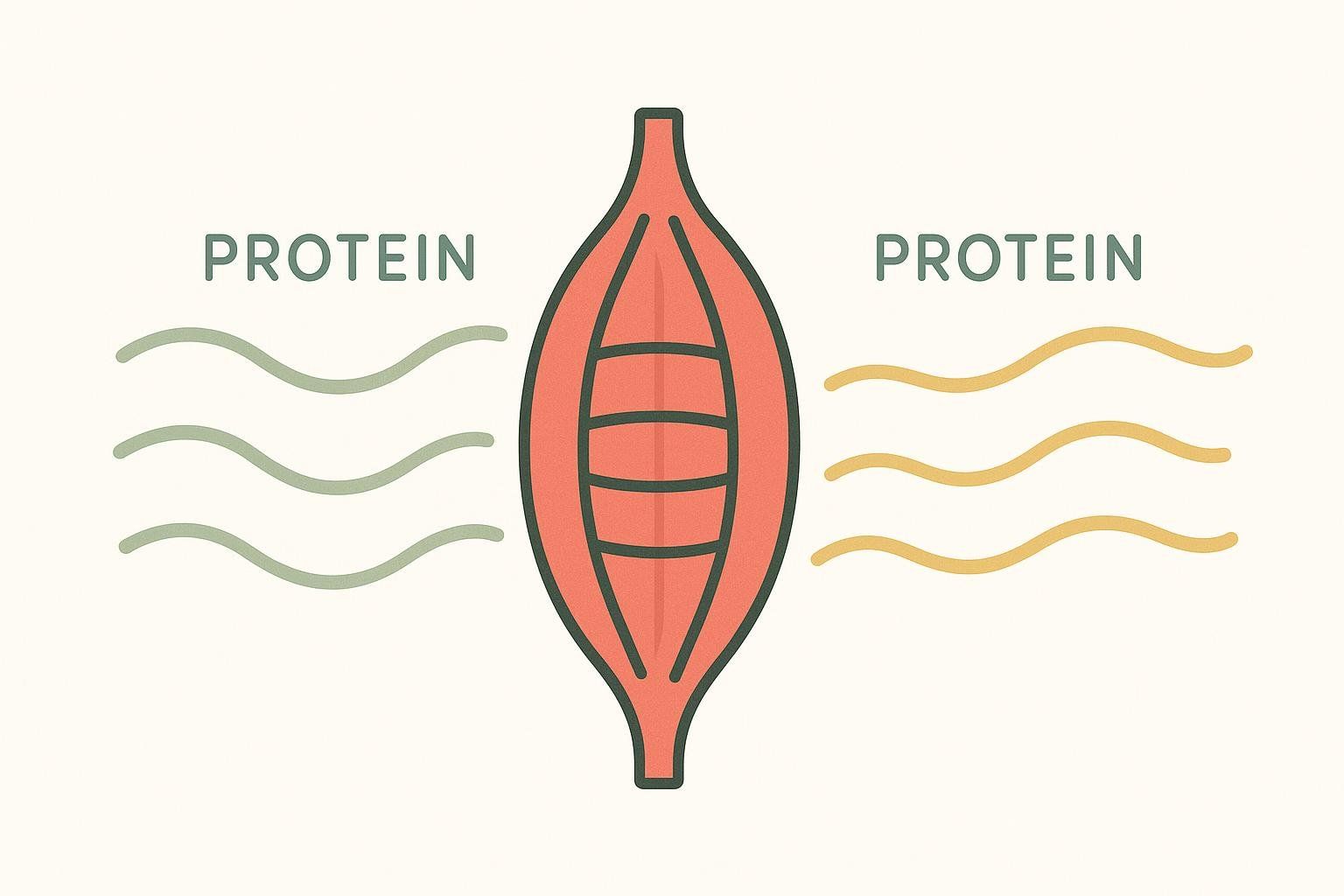
These mini-meals can help you reach that threshold between breakfast, lunch, and dinner.
Kid-Approved & Budget-Friendly High-Protein Snacks (5–12 g protein)
Nutritious snacks can keep energy and moods steady for adults and children alike.
| # | Snack | Protein (g) | Prep Time | Storage | Dietary | Approx. Cost* |
|---|---|---|---|---|---|---|
| 18 | Hummus + baby carrots (¼ c hummus) | 5 | 1 min | Fridge 3 days | V, GF, DF | $0.70 |
| 19 | String cheese + apple slices | 7 | 1 min | Fridge 3 days | GF | $0.60 |
| 20 | Chocolate milk box (8 oz) | 8 | 0 min | Shelf → Fridge | GF | $0.50 |
| 21 | DIY trail mix (¼ c peanuts + 1 Tbsp dark choc chips) | 9 | 5 min | Shelf | V, GF | $0.35 |
| 22 | Turkey pepperoni & whole-grain crackers | 10 | 2 min | Pepperoni: Fridge; Crackers: Shelf | DF | $0.80 |
| 23 | Cottage cheese with cinnamon | 7 | 3 min | Fridge 5 days | GF | $0.40 |
| 24 | Mini PB&J on high-protein bread (½ sandwich) | 12 | 3 min | Shelf / Fridge | V | $0.70 |
| 25 | Frozen yogurt berry bark (½ c Greek yogurt) | 10 | 5 min + freeze | Freezer | V, GF | $0.55 |
*Retail prices use the latest available data as of April 2025 from the USDA Economic Research Service.
DIY vs. Store-Bought: Which Offers Better Value per Gram of Protein?
| Option | Protein/Serving | Cost | Cost per g Protein |
|---|---|---|---|
| Homemade roasted chickpeas (½ cup roasted, ≈30 g) | 13 g | $0.18 | $0.01 |
| Popular protein bar (1 bar, ≈60 g) | 20 g | $2.50 | $0.13 |
| Branded chickpea snack pack (1 oz / 28 g) | 8 g | $1.49 | $0.19 |
Note: Roasting 1 cup of dry chickpeas yields about 2 cups of finished snack—roughly four ½-cup portions. A ½-cup (~30 g) homemade serving closely matches the weight of a 1-oz (28 g) branded pack, making the cost-per-gram comparison fair.
BodySpec’s cost estimates come from the same May 2025 pricing audit referenced above. For homemade items, we incorporated average ingredient costs from the USDA Food Price Outlook and standard recipe yields.
How Much Protein Do You Really Need?
Two science-backed frameworks can guide your daily target:
- 1.4–2.0 g per kilogram of total body weight (0.64–0.91 g/lb) — the range endorsed by the International Society of Sports Nutrition for active adults seeking muscle maintenance or growth (ISSN, 2017).
- 1.6–2.2 g per kilogram of lean body mass (LBM) — a more individualized benchmark from Helms et al. (2014) that aligns perfectly with DEXA data (Helms et al., 2014).
Your BodySpec DEXA scan provides the precise LBM value you need for the second method. Here’s a quick example workflow:
- Locate LBM in pounds on your report.
- Multiply by 0.7–1.0 g of protein per pound (150-lb LBM × 0.8 g/lb = 120 g/day).
- Distribute this total across four to five meals and snacks.
- Use tools like our Macro Tracking Guide to map grams into real foods—and revisit every scan cycle to fine-tune.
Using DEXA to Assess the Impact of Snacking
Regular scans quantify exactly where calories end up. If your “healthy” snack habit is actually increasing fat mass, a DEXA assessment of visceral and subcutaneous fat will highlight the trend long before the scale does.
That feedback loop lets you adjust snack frequency—or upgrade choices—before excess calories accumulate as unwanted weight.
Haven’t gotten scanned yet? Book your BodySpec DEXA appointment to replace estimates with precise data and see how your snack strategy is shaping your body composition.
Putting These High-Protein Snacks Into Practice
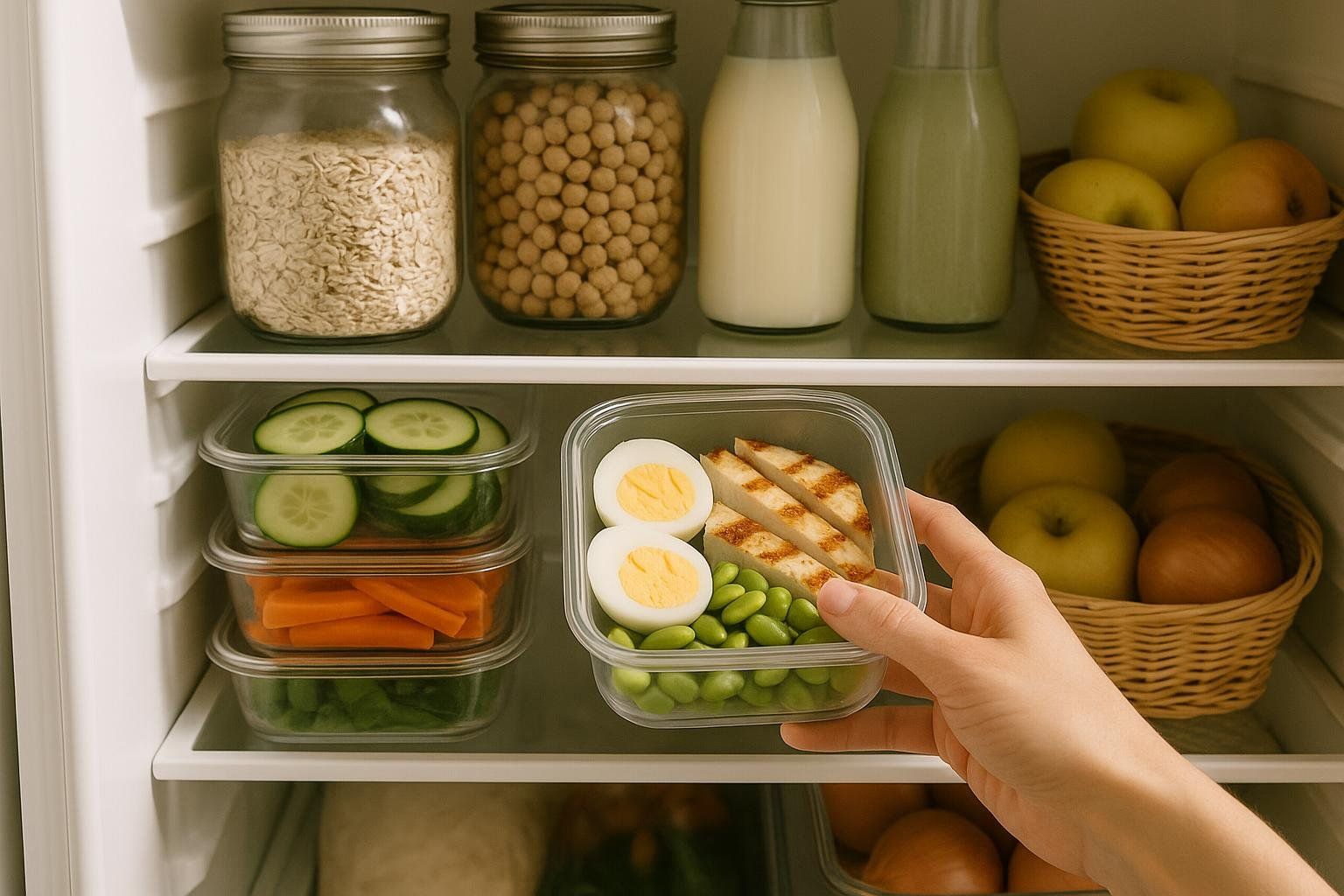
- Prioritize meals first. Build three balanced plates around lean protein, produce, and fibrous carbs; then add snacks only if needed to meet protein goals or manage hunger.
- Keep two shelf-stable options on hand—in your desk, car, or gym bag.
- Batch-prep one refrigerator recipe each week to simplify weekday choices.
- Rotate kid-friendly selections to add variety and reduce food fatigue.
- Reassess every 90 days with a DEXA scan to confirm that your nutrition plan—and snack strategy—supports your lean-mass goals.
Consistent experimentation and data-driven progress tracking are key to achieving long-term health and fitness objectives.
